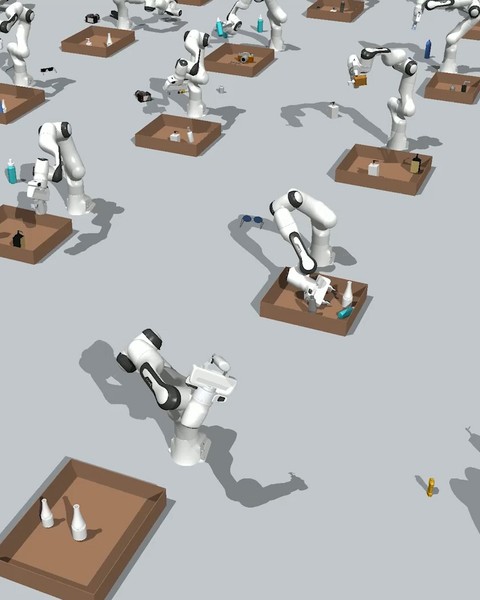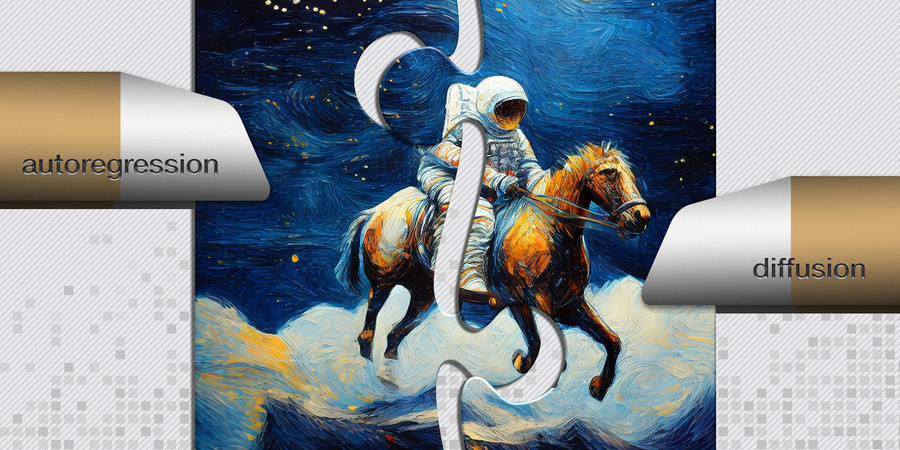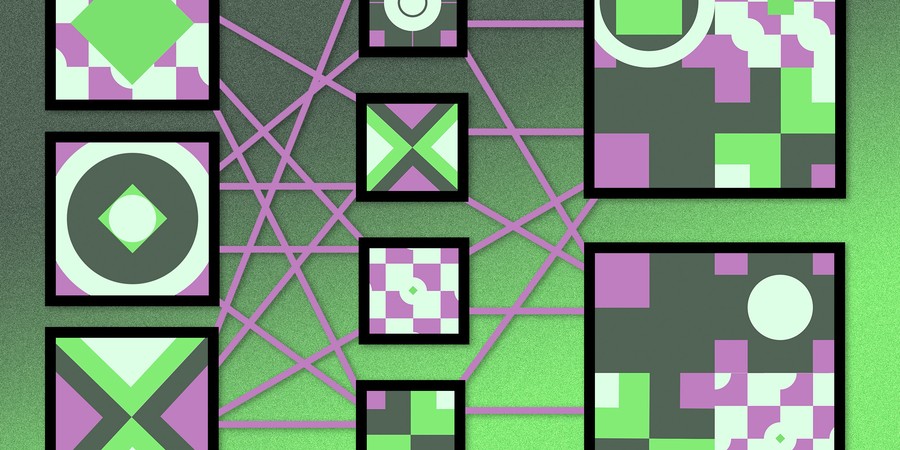October 17, 2023
Anyone who has ever tried to pack a family-sized amount of luggage into a sedan-sized trunk knows this is a hard problem. Robots struggle with dense packing tasks, too.
For the robot, solving the packing problem involves satisfying many constraints, such as stacking luggage so suitcases don’t topple out of the trunk, heavy objects aren’t placed on top of lighter ones, and collisions between the robotic arm and the car’s bumper are avoided.
Some traditional methods tackle this problem sequentially, guessing a partial solution that meets one constraint at a time and then checking to see if any other constraints were violated. With a long sequence of actions to take, and a pile of luggage to pack, this process can be impractically time consuming.
MIT researchers used a form of generative AI, called a diffusion model, to solve this problem more efficiently. Their method uses a collection of machine-learning models, each of which is trained to represent one specific type of constraint. These models are combined to generate global solutions to the packing problem, taking into account all constraints at once.
Their method was able to generate effective solutions faster than other techniques, and it produced a greater number of successful solutions in the same amount of time. Importantly, their technique was also able to solve problems with novel combinations of constraints and larger numbers of objects, that the models did not see during training.
Complete article from MIT News.
Explore
AI Tool Generates High-Quality Images Faster Than State-of-the-Art Approaches
Adam Zewe | MIT News
Researchers fuse the best of two popular methods to create an image generator that uses less energy and can run locally on a laptop or smartphone.
New Security Protocol Shields Data From Attackers During Cloud-based Computation
Adam Zewe | MIT News
The technique leverages quantum properties of light to guarantee security while preserving the accuracy of a deep-learning model.
Researchers Create a Tool for Accurately Simulating Complex Systems
Adam Zewe | MIT News Office
The system they developed eliminates a source of bias in simulations, leading to improved algorithms that can boost the performance of applications.




